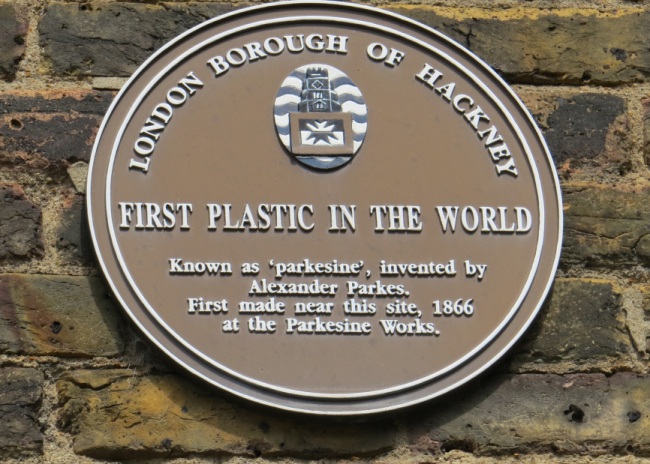In 1862 an enterprising chemist called Alexander Parkes showcased a new substance made by dissolving wood fibres into camphor. The compound could be moulded into any shape and hardened into a smooth, tough material with bright colours.
He called it ‘Parkesine’ and with his younger brother Henry set up a factory in Hackney Wick in 1866 to produce items such as combs and billiard balls that had previously been made with expensive ivory or tortoiseshell.
